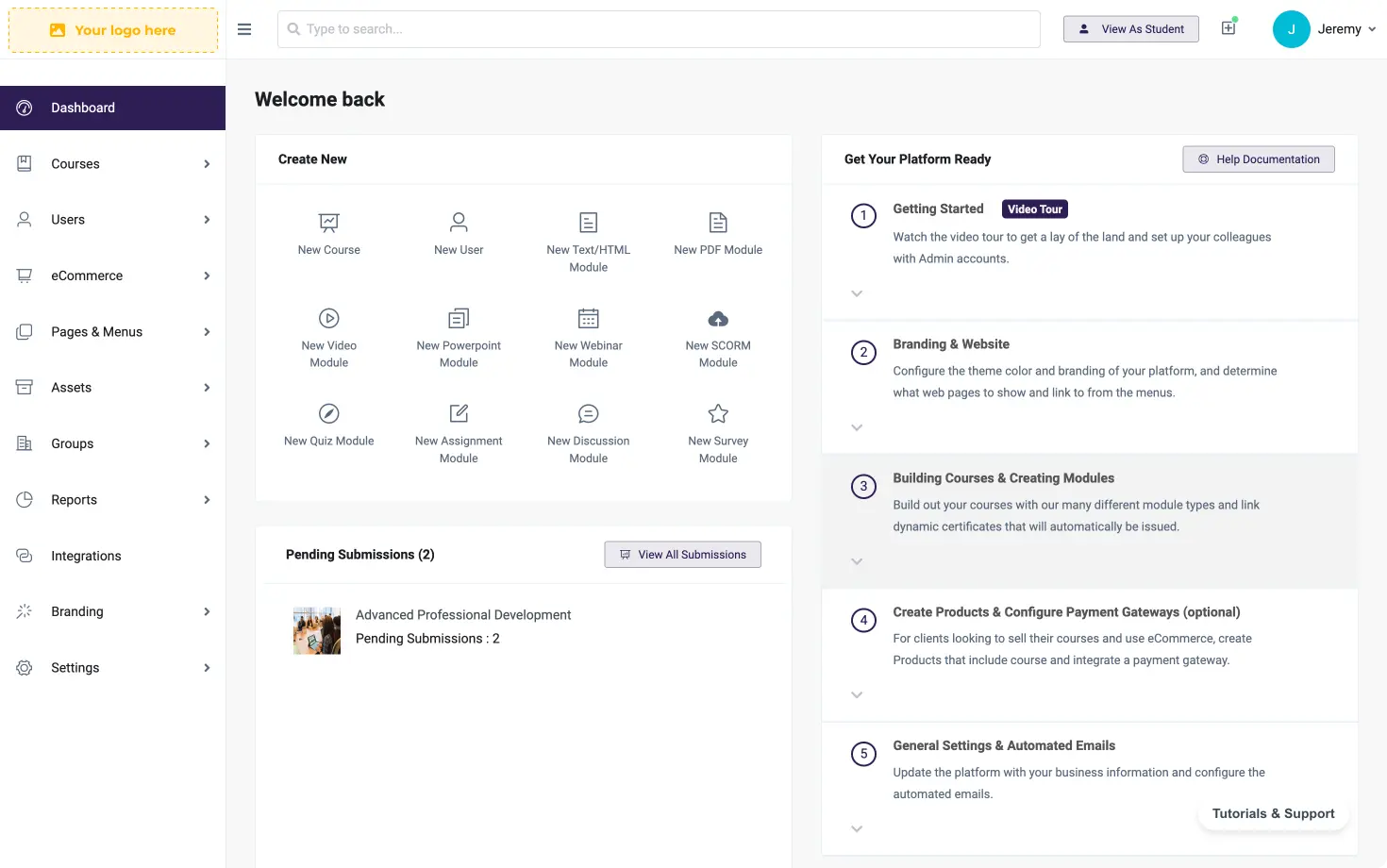Education, eLearning, Instructional Design
The Learning Pyramid and Different Teaching Strategies For eLearning

The medium really is the message, where teaching aids and assessments involving active learning can enhance content retention amongst your clients.
Building upon the ideas discussed in the previous article (Multimedia for Multiple Intelligences) concerning Howard Gardner’s book, Frames of Mind: The Theory of Multiple Intelligences, we will be taking a look at how one of the nine multiple intelligences that he discusses plays a large role in information retention, particularly amongst adult learners. Another paradigm that many educators subscribe to is the concept of The Learning Pyramid or The Cone of Experience diagram, often attributed publicly to the NTL (National Training Laboratories) Institute for Applied Behavioral Science located in Bethel, Maine in the United States. There has been some dispute as to the complete origins of this diagram, but it has been linked to a study done at NLT during the 1960s when it was affiliated with the American National Education Association (Adult Education Division).
Measuring student retention levels
Although there are a few educators and other experts in cognitive development that have critiqued the validity of the concept, it has been pervasive and widely-supported throughout contemporary pedagogical theory and educational studies, and it has continued to find popularity due to its success in demonstrating results with student involvement in active learning. Despite any minor controversy that the paradigm of The Learning Pyramid may have surrounding it, I believe that it still very much an important factor in student learning and information retention, particularly in regards to Gardner’s multiple intelligence involving the Bodily- Kinesthetic learner.
For those that are not familiar with The Learning Pyramid, it is a diagram that depicts the amount of new information retained by a student when learning new concepts — dependent upon the method of content delivery – expressed as a percentage of overall retention, with the lowest base-level of the pyramid illustrating the largest percentage and the smallest percentage marked at the tip. Lecturing course content to a class of learners is the least successful, with only 5% of new information being retained. The most successful method of content delivery is through the instruction of one person to another, or immediate use of newfound knowledge, is an impressive 90% retention rate. The second- most successful method of content-delivery is “practicing by doing,” which sits at a not-too-shabby rate of 75% retention. Although this is less than ideal, it is the most practical method of delivering content to your client via online courses, and therefore should be one of the most important methods used to develop teaching aids for your clients. As discussed in the previous article, a well thought-out course curriculum will be developed with a variety of teaching aids in mind, in order to satisfy the majority of learning needs of your client base to keep your course offerings effective and efficient.
However, knowing that 75% of content retention is activity-based, a deliberate effort should be made to ensure that your course content is delivered with teaching aids designed to have your clients perform an activity connected with introduced material. You can use this as a diagnostic assessment to determine your client’s initial level of familiarity with your course content, as a formative assessment while you progress through your course, or as a summative assessment to fully gauge how successful you were in delivering the content to your client once the course has been completed. Feedback is always useful!
Now that you know this… how can you implement it into your eCourse?
However, even when keeping this in mind while designing your course curriculum, how do you implement this concept practically? Online courses may be seen as the antithesis of what it means to “learn by doing.” But much like the creative approach required to effectively use the concept of multiple intelligences with your students, an open mind with a flair for thinking outside-the-box is also needed to synthesize a “learning by doing” approach to online course development. In teaching the concept of editing and brevity of words to get a point across in English class, I have proposed the idea of using the limitations of Twitter to get students both doing and learning at the same time, all the while involving a practical application many people are already using themselves on their own time. Twitter only permits 140 characters per post, so students would be tasked with transcribing a pre-determined amount of text into a message that would satisfy the limits that Twitter imposes on user posts. The activity would require students to demonstrate content retention of lessons that cover editing techniques, which would include the importance of developing a strong vocabulary while avoiding overuse of the passive voice in one’s writing, and the assessment would actually involve an activity already used in students’ day-to-day lives.
When thinking of writing online, many would scoff at the idea of writing well and succinctly, yet an online application itself can be used as a useful teaching aid and assessment for formal, in-class student learning, provided that the instructor is willing to see opportunity where others may only see a roadblock. Be that opportunity for your clients, and see how far you can succeed!
